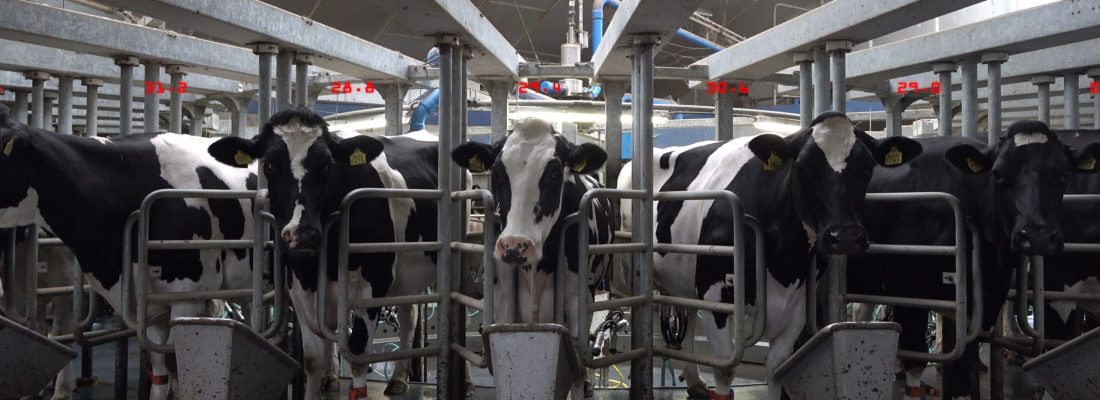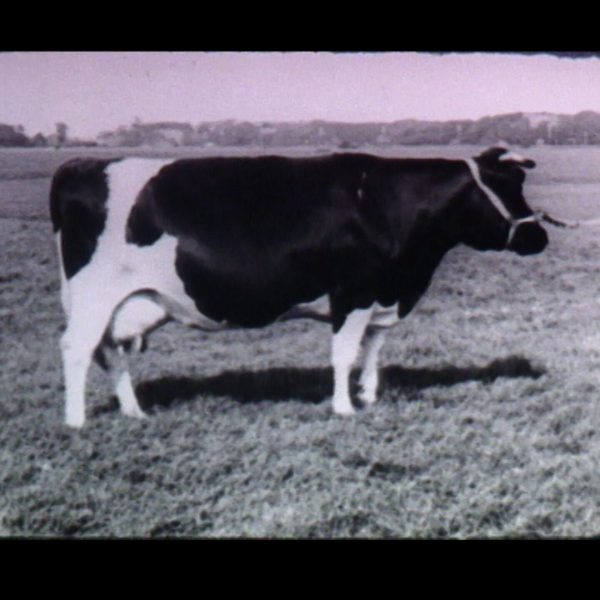Free entry
Kronehoefstraat 30a
Eindhoven
12 September – 4 October
Every Friday from 16.00 – 19.00 h
Every Saturday from 14.00 – 19.00 h
Opening Friday 12 September 17.00
In her work as a multimedia artist, Jurel Bakker explores the impact of industrial-scale agriculture—particularly the livestock sector—on the intricate relationships between humans, organisms, and ecosystems. She focuses on subtle signs of change: traces that often go unnoticed, yet reveal much about the consequences of human intervention in the landscape. At the heart of her practice are bioindicators—organisms that respond to environmental disruption and serve as witnesses to ecological change.

About the expo
In her project Christina_1964.to(_2095), Jurel examines the role of data within the Dutch dairy industry. The work is named after Christina, one of the first cows in the Netherlands to produce over 100,000 kilograms of milk—a remarkable achievement in 1964, now considered standard. Thanks to advances in technology and the use of data on nutrition, behaviour, fertility, and milk yield, production per cow has increased significantly. This data enables farmers to steer breeding processes more precisely, optimising cows generation after generation. As a result, the evolution of the dairy cow has become tightly interwoven with digital systems and algorithms.
PROGRAMME
Opening Friday 12 September
17.00
But this drive for optimisation has a downside. Cows that produce more milk also emit more nitrogen in the form of ammonia, leading to ecological shifts. Nitrogen-loving plants like nettles and brambles begin to dominate the landscape. Jurel reveals how increased milk production reshapes the environment by visually tracing the spread of nettles and brambles over time.
For this project, she visited farms, collected visual material, and incorporated objects from old, abandoned milking parlours—remnants of small-scale farms pushed out by industrial expansion. In a circular video installation, she guides the viewer through the past, present, and a speculative future in which the ‘perfect cow’ is digitally engineered.
Once celebrated, the ‘hundred-tonner’ now prompts critical reflection. Jurel asks: What are the consequences of this relentless optimisation for animals, landscapes, and agriculture itself? What does it mean when data not only monitors, but begins to shape the very evolution of the dairy cow?
